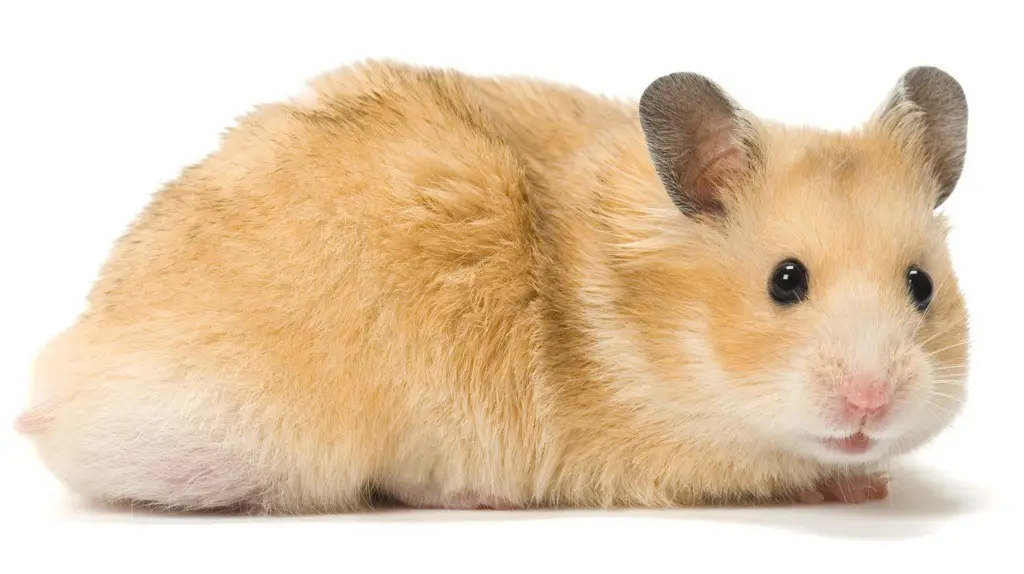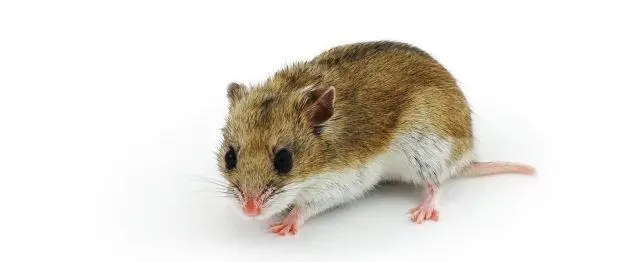Winter White Russian hamsters are a species of hamster in the genus’ Phodopus’. Winter White Russian hamsters are typically half the size of the better-known Syrian hamster and therefore also called ‘dwarf hamsters’ along with all ‘Phodopus’ species. Features include a typically dark grey dorsal stripe and furry feet.
The Winter White Russian hamsters tail is so short that it hardly shows when the hamster is sitting. As winter approaches and the days get shorter, Winter White Russian hamsters dark fur lightens until it is almost completely white (hence the name).
In the wild, this adaptation helps them evade predators in the snow covered Steppes of winter. Winter White Russian hamsters live mainly in Siberia and are also found in Dzungaria, Kazakhstan, Mongolia and Manchuria.
Up until recently, it was debated whether the Winter White Russian hamster was a sub-species of the Campbell’s Hamster (Phodopus campbelli) or not, however, it has now been proven that the Winter White Russian hamsters are of their own species, ‘Phodopus sungorus’.
Winter White Russian hamsters generally make excellent pets. However, a larger Syrian hamster would be more suitable for younger children as they can be handled more clumsily.
In general, Winter White Russian hamsters typically have more of a family structure than the Syrian hamster. Winter White Russian hamsters will happily live in mated pairs, with both male and female caring for the young, however, some report that same-sex pairs and larger groups will rarely get along well, as they would not live together like that in nature.
Frequent fighting may occur and be a great distress for them, or even lead to deadly incidents. This is in contrast to the Campbell’s hamster species and remains an item of dispute among hamster owners.
Winter White Russian hamsters were only available in their typical brown/black ‘normal’ colour, however, they are now available in a variety of colours. Colours include at least normal (dark grey/brown), pearl normal, sapphire and pearl sapphire variations. However, these colours may be difficult to find and the number of available colours is much smaller than in the dwarf Campbell’s hamster.





